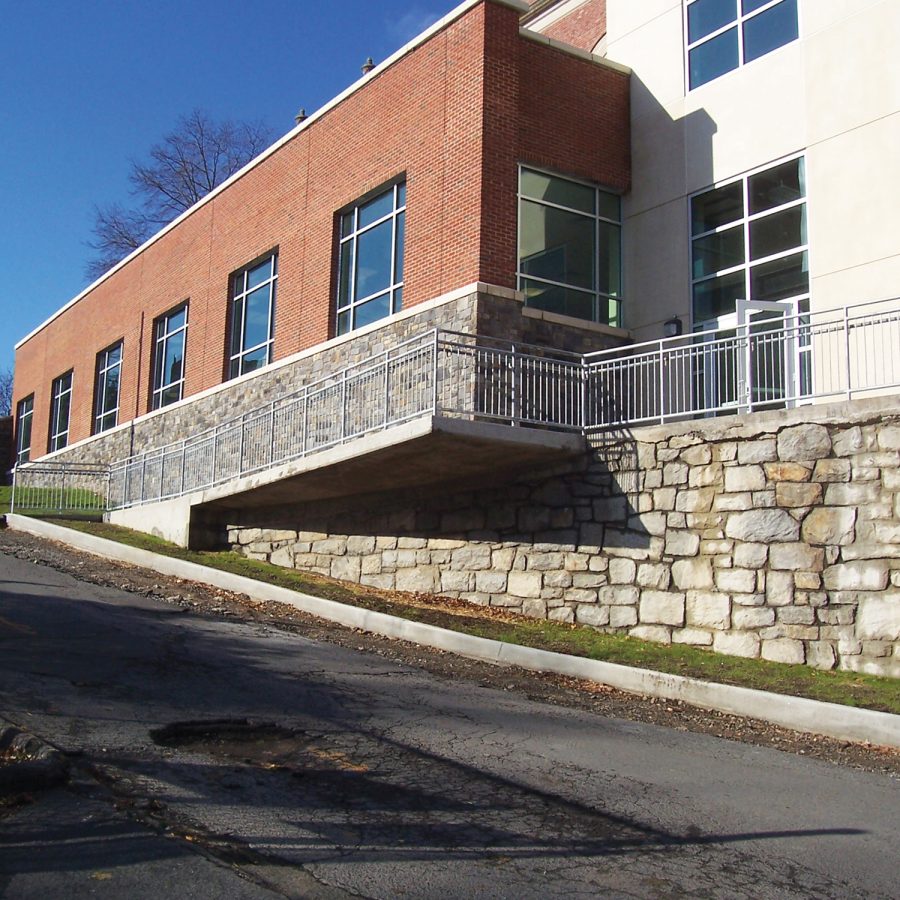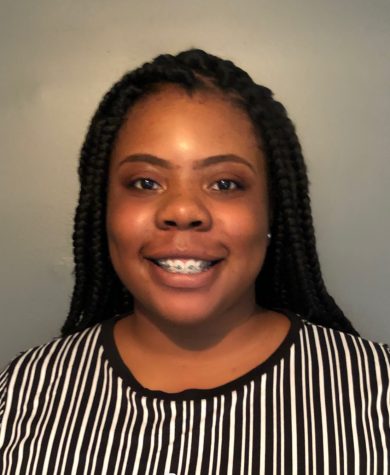How Safe Are We?
A closer look at Stamford High security
Stamford High School’s large number of exterior doors can present a challenge to security.
January 30, 2020
On December 3, 2019, The Washington Post released statistics that stated that more than 236,000 U.S. students have experienced gun violence at school since the shooting at Columbine High School on April 20, 1999. None of those students expected it to happen to them. As a junior in high school, I couldn’t help but wonder, what if I’m next?
In the same article, The Washington Post reported that of those 236,000 students, 135,000 were from primary and secondary schools. Being a student in the Stamford Public School (SPS) system, attending a secondary public school, I began to consider what my district has done in order to protect me, my siblings, and my classmates.
Students at Stamford High expressed concern as well. Senior Evelyn Lopez said “[Stamford High security] needs to be better.”Junior Siddarth Kumar also said that despite it being acceptable, “it can always be improved like anything else.”
It seemed as though students of the district, including myself, aren’t fully aware of what is done in order to protect them. I decided to find out.
The information regarding school safety on the SPS website is limited. All to be found are traces of outdated meeting notes and a letter from Stamford’s Mayor David Martin, which is dated March 2, 2018
The letter invited the SPS community to a public information session regarding school security, which was organized in response to the Stoneman Douglas High School shooting that occurred that year on February 14. Martin assured the public that safety and security are a “top priority” of the district.
“While, unfortunately, we cannot guarantee we will never be subjected to the kind of violence other communities have suffered, we would like to reassure our community that as a city and a school district we are continually assessing our protocols and procedures and strengthening them along the way,” he said.
The SPS website did not specifically offer any further information on the subject. Despite numerous emails and attempts at contact, no SPS representative responded to request for additional comment.
Released on April 18, 2019, the City of Stamford Compensation and Salaries records for 2018 documented the city’s employment of a total of 47 security guards over the course of the year. Stamford invested about $1.8 million into their incomes.
Many of these security guards are stationed at schools throughout Stamford. During the day, they are tasked with letting people in and out of the building, monitoring the halls, overseeing lunch waves, and responding to issues regarding student safety. The number of guards increases respective to the size of the student population at the school. Stamford High, home to over 1,700 students, has 10.
Stamford High Head of Security James Jordan has been working at the school for 24 years. He confirmed that SPS has experienced a shift in response to recent events, albeit the fact that Stamford High is still understaffed in security guards.
“There’s only so much we can do, but we’re trying,” he said.
When asked if he believes Stamford High to be properly protected in the case of a weapon or active shooter on grounds, Jordan said “I don’t think we’re equipped yet, but I think we are getting to the point where we are.” He stated that he could not disclose what is currently in planning by the city, but assured me that certain measures have already been taken.
Security guards of the district undergo training on bag searching, the handling of students, and responding to a weapon on grounds. They also work closely with the resource officers stationed at the school. Jordan explained that the relationship between the security and the resource officers is a close one; they regularly share information with each other to keep the school safe.
Resource officers, as defined by The United States Department of Justice, are “sworn law enforcement officers responsible for safety and crime prevention in schools.” James Stackpole and Jermaine Sylva are Stamford Police Department officers stationed at Stamford High. Their office holds all of their equipment, including official badges, walkie-talkies, and firearms.
“There are a lot of behind-the-scenes things that people don’t know about,” Stackpole said, in response to a question regarding school safety. For example, the Stamford Police Department Emergency Response Team actually trains inside the school during breaks, when no students are around. This allows them to understand the layout of the school and figure out plans of action.
Stackpole also confirmed that there has been a “heightened awareness” in the city since the increase in the attacks on schools. Unlike Jordan, however, he believes that the school is in fact properly equipped in case of a threat on grounds.
“The picture is much bigger than people see,” he said.
Aron Ravin, senior class co-president of Stamford High, agreed with the resource officers that the school is safe.
“We are near a police station,” Ravin said. “Plus, we have resource officers. Ignore the news hype.”
The “news hype” that Ravin referenced would be the inflation of the number of school shootings that is presented in the media. An article published by National Public Radio (NPR) in 2018, titled “The School Shootings That Weren’t,” analyzed the inaccuracy of a statistic released by the United States Education Department. The statistics reported that in the 2015-2016 year, nearly 240 schools across the country had experienced a school shooting. NPR reached out to each of the listed schools to confirm the data, only to come back with questionable results.
“We were able to confirm just 11 reported incidents, either directly with schools or through media reports,” the article stated.
The discrepancy in numbers, as outlined by the article, most likely comes from schools inaccurately classifying their interactions with weapons on school grounds. Lots of times, the weapon is not a gun.
Even with this, the fact still remains: school shootings happen. As it seems, there is no way to completely prevent danger in our schools, but education officials and the city are certainly trying. Realistically, like Officer Stackpole said, “a lot of it comes down to funding.”
Whether well-funded or not, perhaps the best the public can do is to hope and pray that our schools remain safe.





